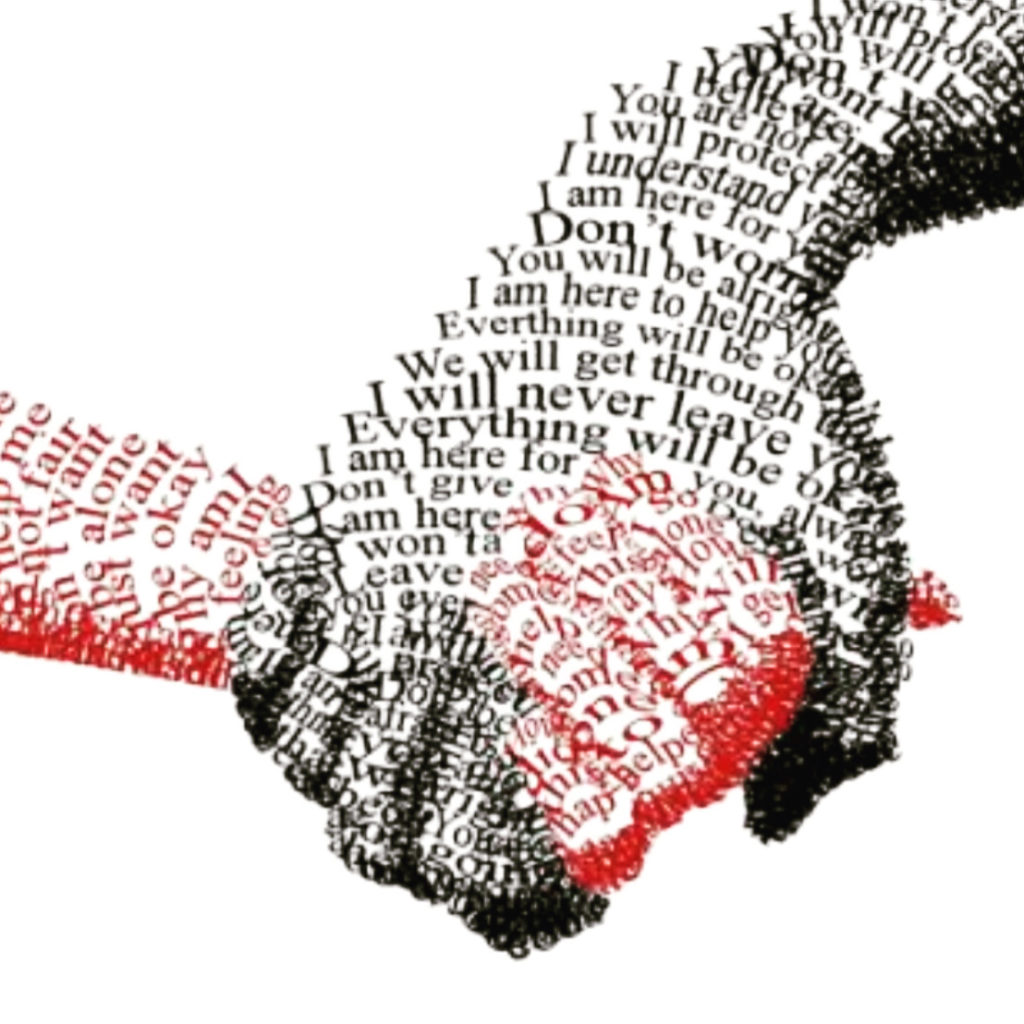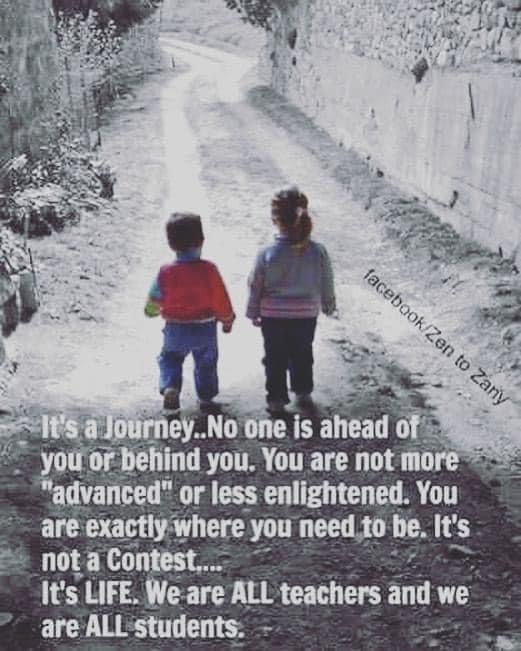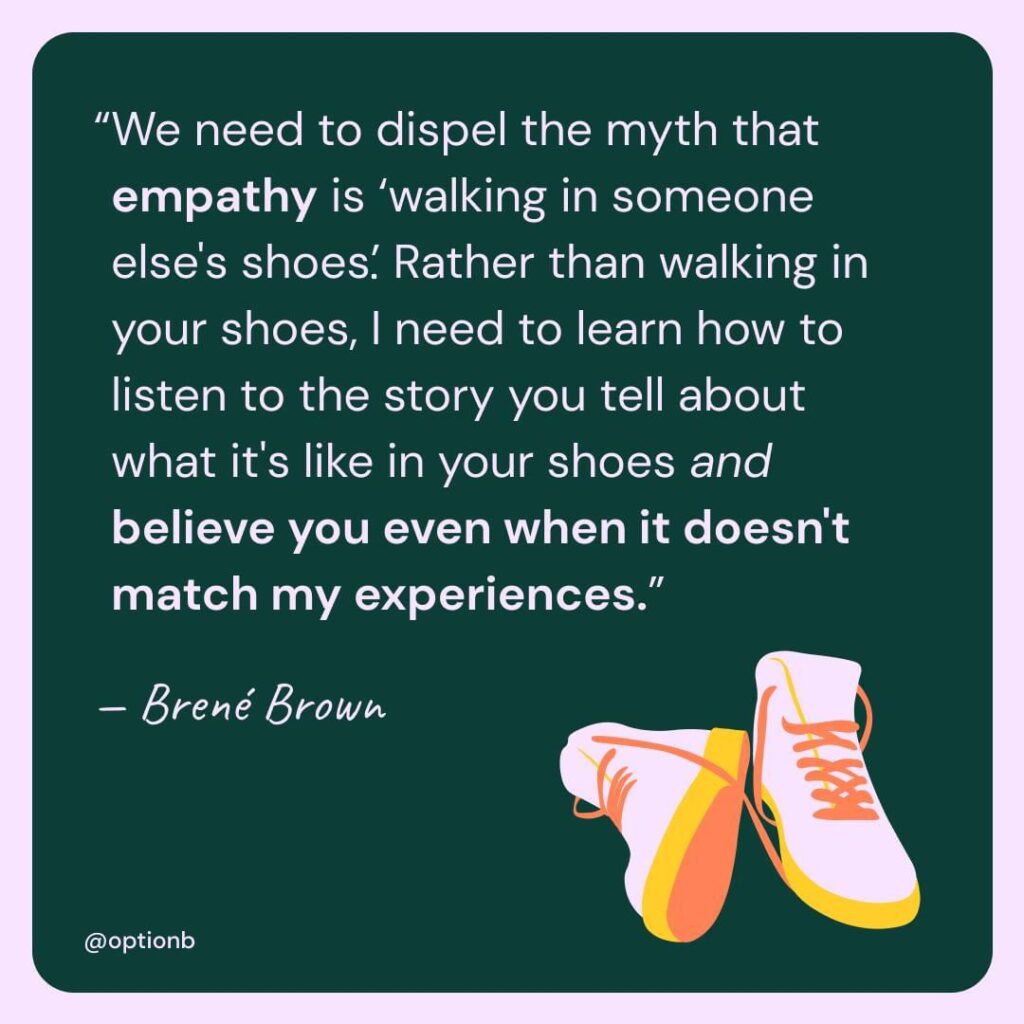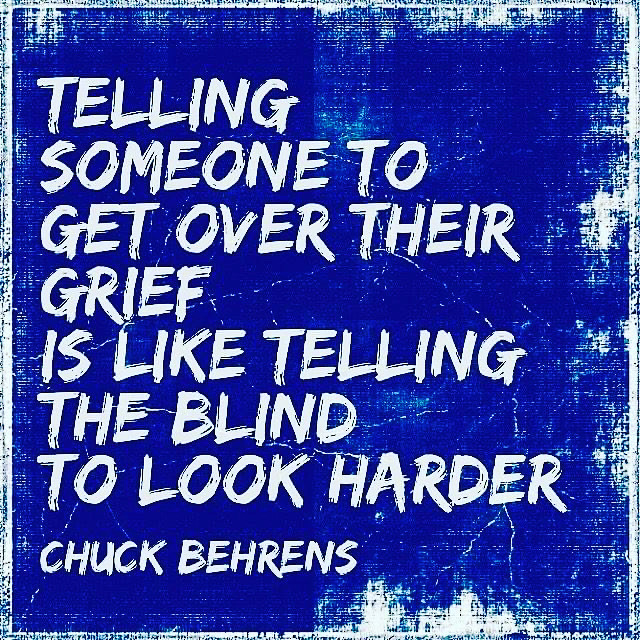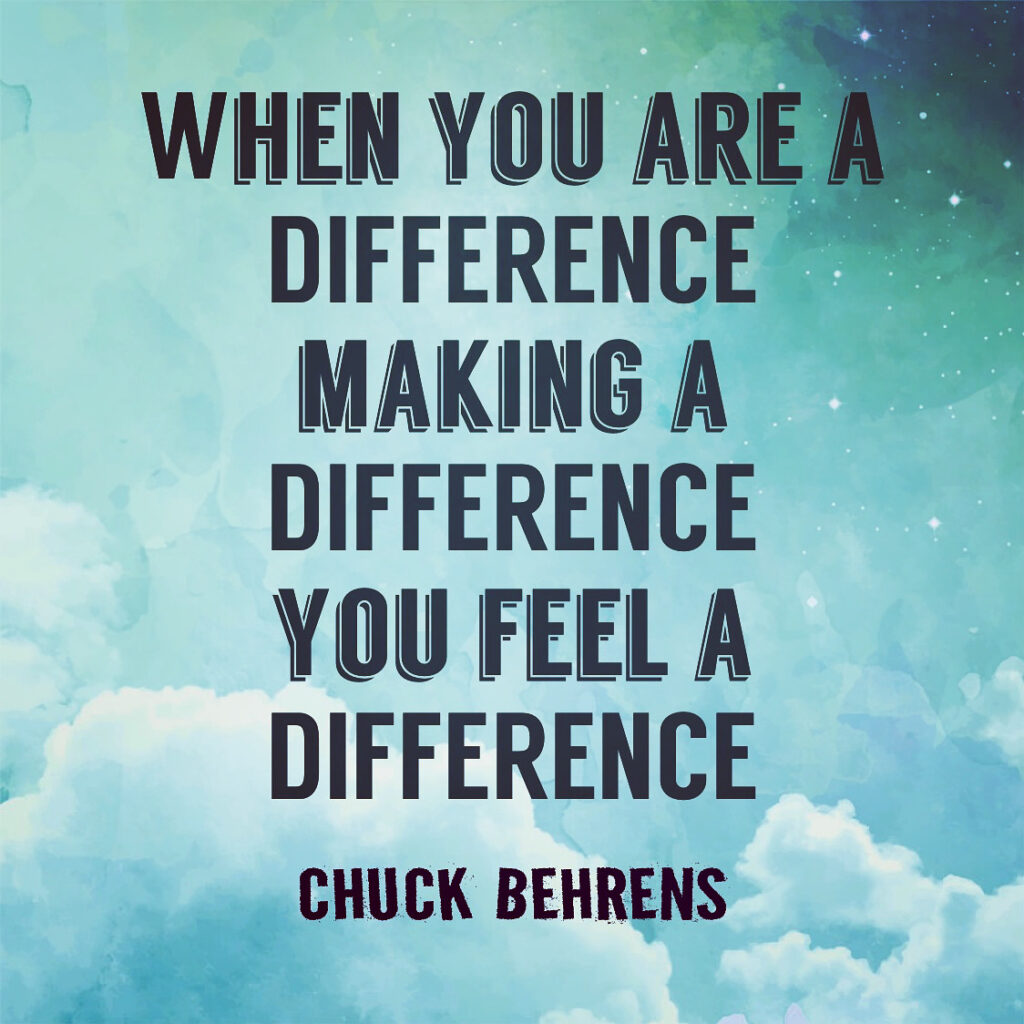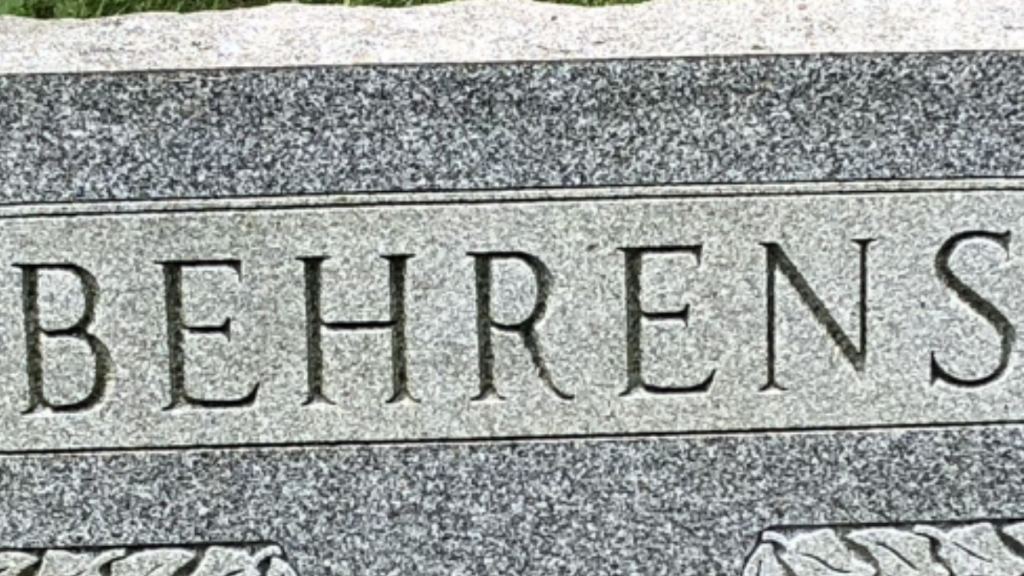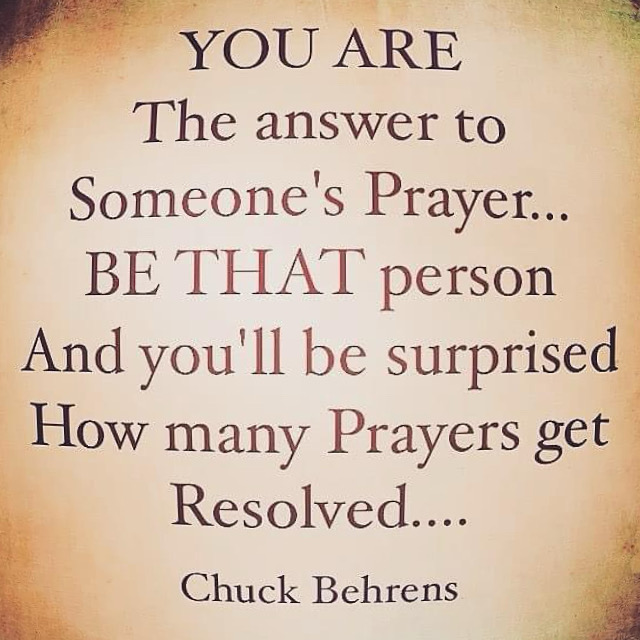It’s a common response and answer to the question of how are you doing? And sometimes we shrug our shoulders or we raise eyebrows or we just heavy sigh, “Hanging in there.” Pretty loaded response to an even more power keg kind of a question. . .Less of one that any ears ever stay around long enough to hear the next question: “No, really how are you doing. . . ?
We are all sometimes just hanging in there and the scene itself, the image itself, is not usually one that pops in our mind is it? If it’s kind of the one that doesn’t pop in our mind, hanging, it can’t be good, even if it’s with strong fingers and hopefully not around our neck. . .But the truth of the matter is, it feels more around our necks, tightening than it does around our fingers loosening. . .
Be A Caring Catalyst enough to ask one more question beyond an answer that’s given to you because it’s the greatest way not only to show your care and to offer your compassion, but more importantly to loosen the noose, and free somebody from it. . .
HANGING IN THERE
no matter how we
Frame It
or decorate it up
or glamorize THERE
I’m still Hanging
Dangling about wildly
Oh that my tired fingers don’t weaken
My nail beds don’t rip
and hold strong
And that the Hangman’s noose
doesn’t slip from grasping hand
to tighten away all that’s left of me
around my neck
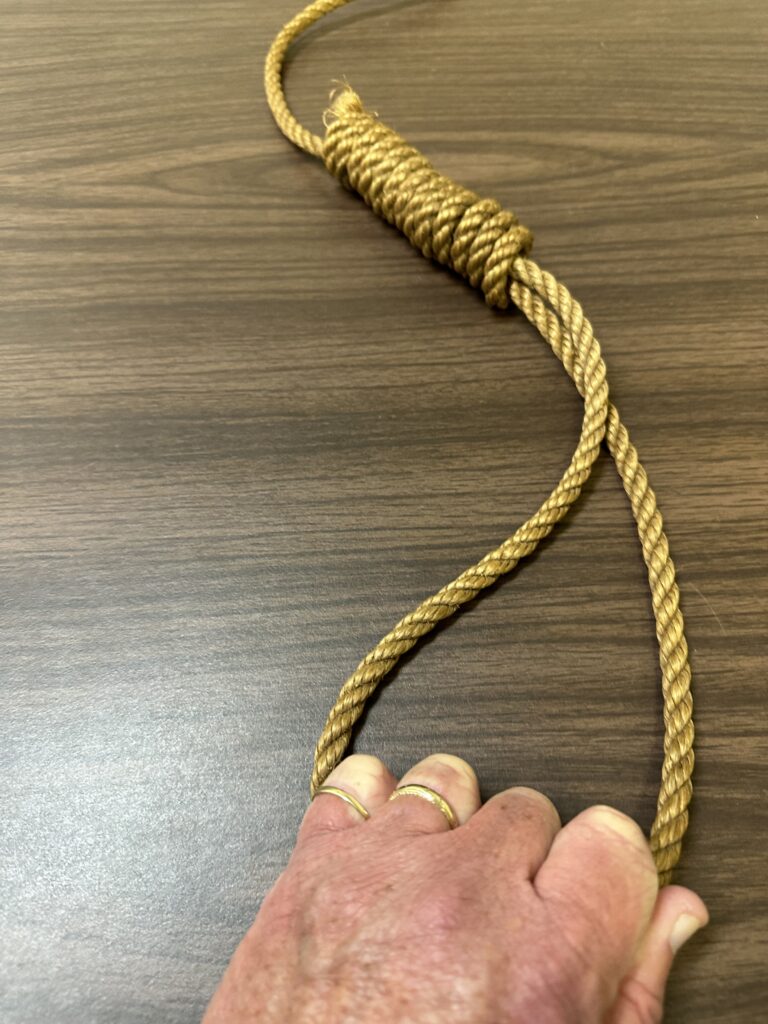
UNLOOSE THE NOOSE. . .
WE ALWAYS HAVE THAT POWER
OVER ANOTHER
UNLOOSE THE NOOSE
